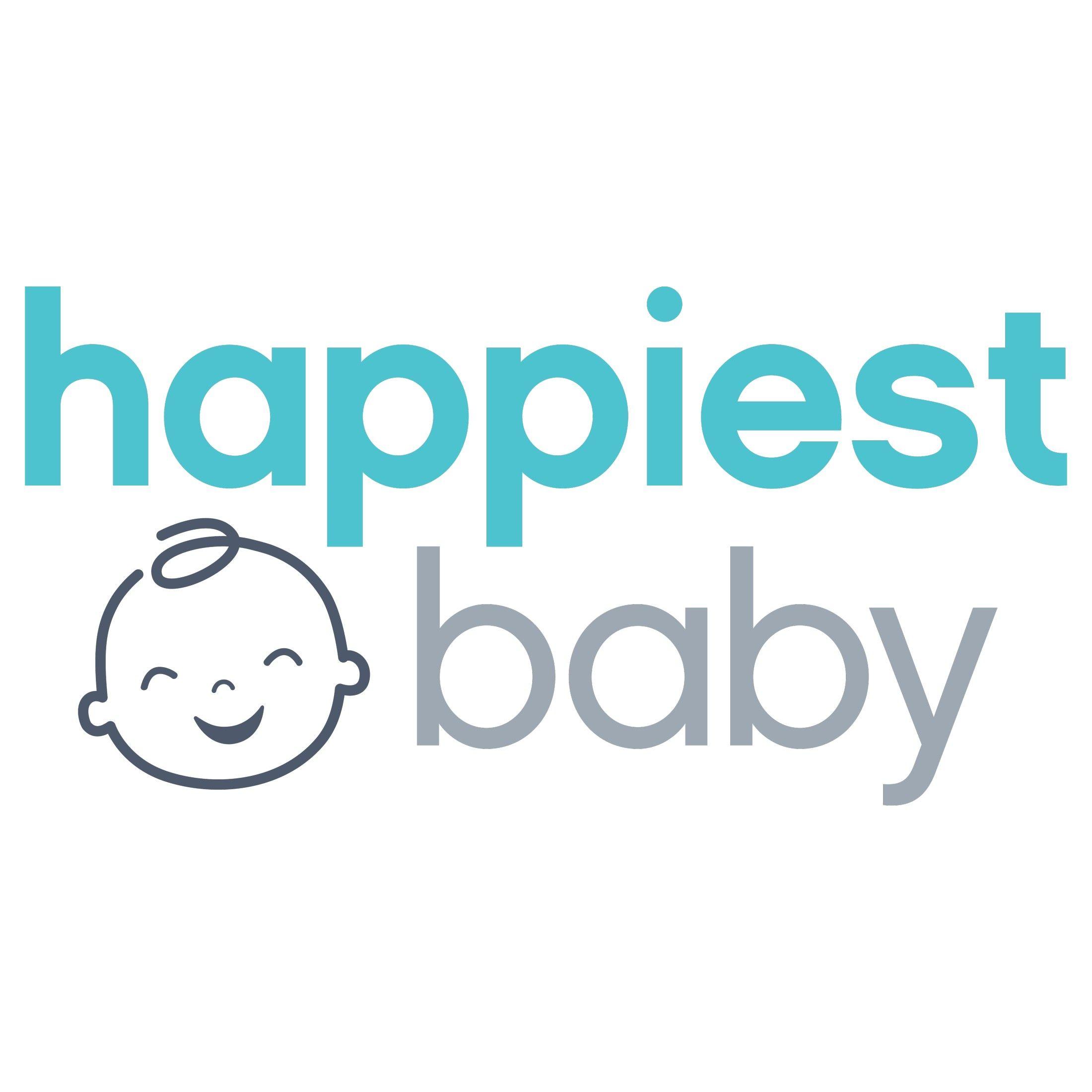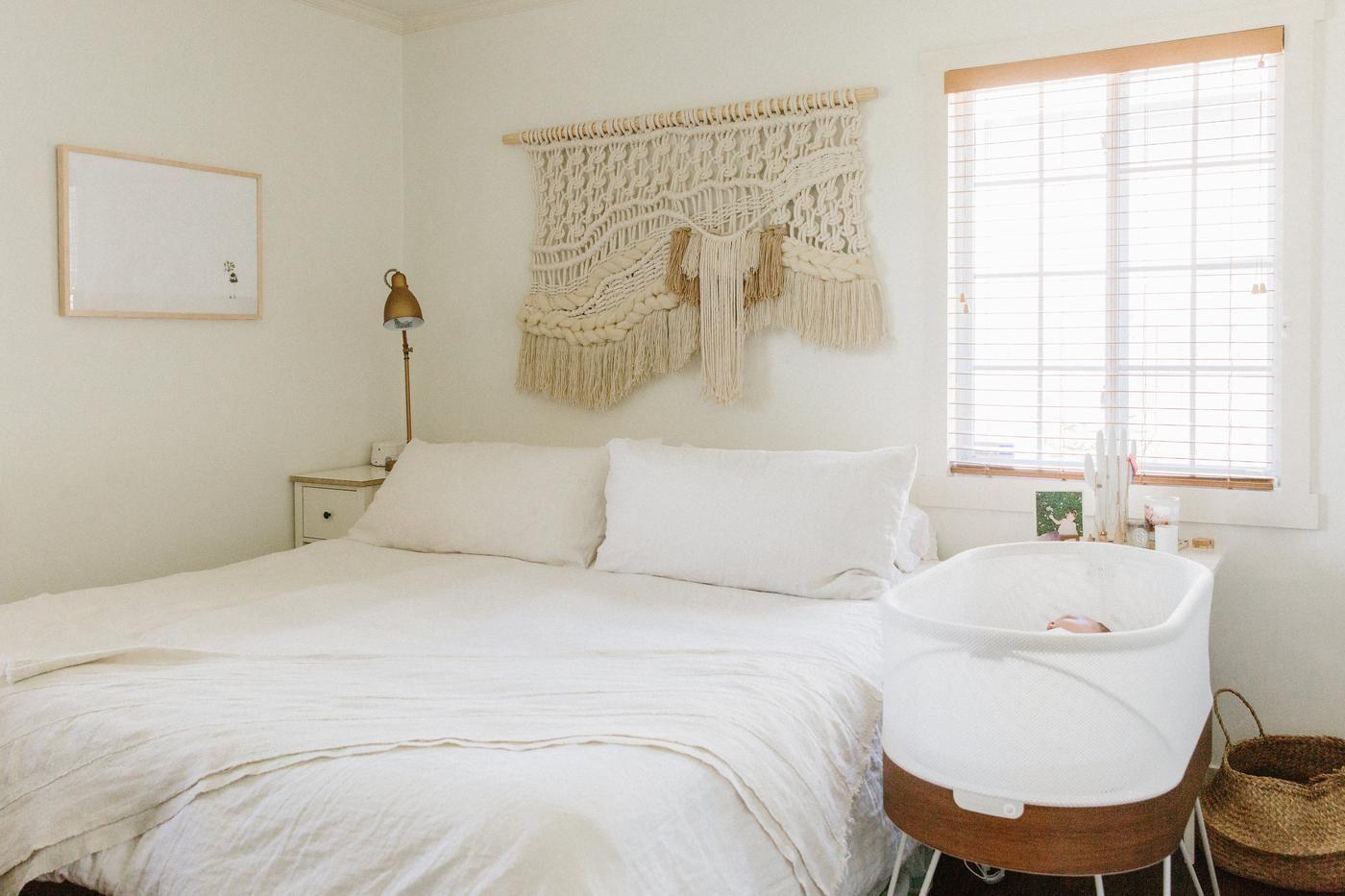BABY
Your Guide to Peaceful Room-Sharing With Baby
You're gaining a roommate...but that doesn't mean you have to lose sleep!

Written by
Happiest Baby Staff

SHARE THIS ARTICLE
PARENT PICKS
Bestsellers
BABY

Written by
Happiest Baby Staff

SHARE THIS ARTICLE
Bestsellers
Welcoming a new baby means welcoming a brand-new roommate! To help keep babies safe while they sleep, experts recommend room-sharing (not bed-sharing!) for at least the first six months. This not only lowers the risk of SIDS, but also makes it easier to settle your little one during the night.
But let’s be honest: Even though room-sharing is a safe and sensible choice, it’s not always smooth sailing. Babies and adults often have very different sleep rhythms! If your room’s feeling a little cramped—or your sleep out of sync—we’re here to help. Here are some tried-and-tested tips to help room-sharing work better for you and your baby.
While room-sharing is encouraged, bed-sharing with your baby isn’t considered safe. That’s why the first step is to set up a separate sleep space for your baby. When searching for the best bassinet, keep an eye out for:
The SNOO Smart Sleeper ticks all the right boxes. Not only is it stylish, it’s also the only bassinet that gently secures babies on their backs. Plus, it automatically responds to your baby’s cries with calming white noise and gentle rocking—often settling them in under a minute!
Overheating can increase the risk of SIDS, so it’s important to keep your baby’s sleep space comfortable—not too warm. Aim to keep your bedroom between 20 and 22°C. Handy hint: A simple room thermometer can help you maintain the right temperature with ease.
Babies sleep best in the dark—it mimics the cosy womb and encourages melatonin production (that’s the sleep hormone). Use blackout curtains or blinds to block out light and help your baby sleep more soundly. Bonus: You might catch a few extra winks, too!
When you’re settling your baby in the early hours—or heading to bed yourself—avoid flipping on the overhead light. A soft, amber-hued nightlight gives you just enough glow for feeds and nappy changes without fully waking anyone. A tap-to-turn-on nightlight like the SNOObie is a great option, and it comes in sleep-friendly shades like orange and red.
White noise isn’t just soothing—it’s backed by science. Dr Harvey Karp, author of The Happiest Baby on the Block, includes white noise in his proven 5 S’s method to calm babies. It mimics the constant sounds of the womb and helps mask household noise (like flushing toilets or squeaky floorboards). For parents, it can muffle your baby’s normal grunts and snuffles so you’re not woken by every tiny sound. Top tip: Choose a steady “shhh” sound over waves or nature tracks—they’re not as effective.
The less you have to rummage in the dark, the less chance of a fully awake baby! Be ready for middle-of-the-night feeds or nappy emergencies with a small caddy or basket by your bed, stocked with:
No nursery? No problem. Even the smallest bedroom can accommodate a dedicated baby space. Try:
Room-sharing means you’ll likely hear every little wiggle and sigh. That’s perfectly normal! But if one partner needs uninterrupted rest (say they’re back at work), consider alternating nights, using earplugs, or taking turns being “on duty.” A well-rested parent is a calmer, happier one.
Room-sharing doesn’t last forever. Around six months, you may feel ready to move your baby to their own sleep space. To ease the transition:
Read more about how to move your baby to their own room smoothly
Room-sharing is a brilliant way to stay close to your baby and support safe sleep. With a few thoughtful touches and clever routines, your shared space can become a restful retreat for the whole family.
* Some Happiest Baby App features require a Premium subscription
Disclaimer: The information on our site is NOT medical advice for any specific person or condition. It is only meant as general information. If you have any medical questions and concerns about your child or yourself, please contact your health provider. Breastmilk is the best source of nutrition for babies. It is important that, in preparation for and during breastfeeding, mothers eat a healthy, balanced diet. Combined breast- and bottle-feeding in the first weeks of life may reduce the supply of a mother's breastmilk and reversing the decision not to breastfeed is difficult. If you do decide to use infant formula, you should follow instructions carefully.